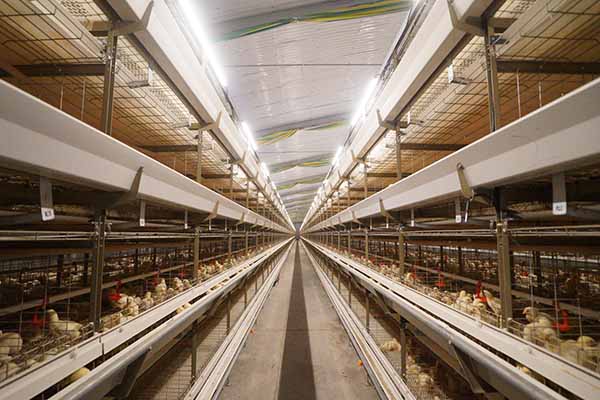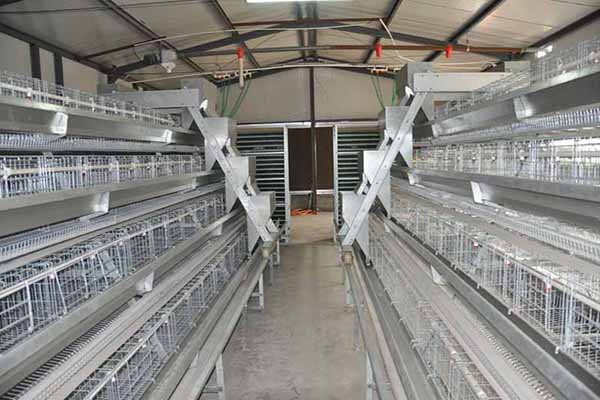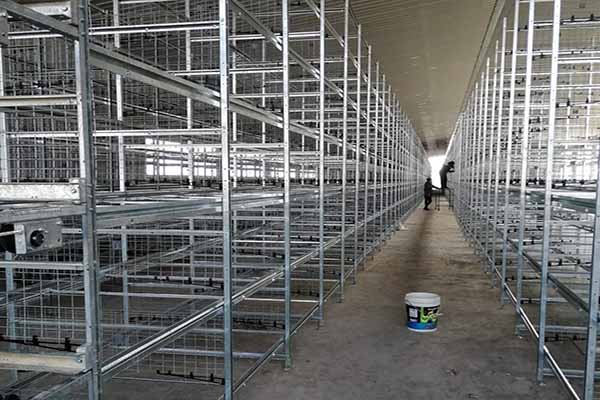Egg Production System for Farms: Maximizing Efficiency and Yield
Efficient egg production is a cornerstone of the poultry farming industry. As a poultry farm owner or investor, choosing the right egg production system can significantly impact your farm’s success. This article will delve into the essentials of egg production systems for farms, highlighting key components and strategies to maximize efficiency and yield.
Understanding the Egg Production System
An egg production system consists of several key components, including housing, feeding, lighting, and egg collection. Each component plays a vital role in the overall success of the operation.
- Housing: Modern egg production systems typically use environmentally controlled houses to ensure optimal conditions for the hens. These houses are designed to maintain a consistent temperature, humidity, and air quality.
- Feeding: A balanced diet is crucial for healthy hens and high egg production. Automated feeders can ensure that hens receive the right amount of feed at the appropriate times.
- Lighting: Proper lighting is essential for simulating natural day cycles and promoting egg production. Automated lighting systems can be adjusted to mimic the sunrise and sunset, optimizing laying patterns.
- Egg Collection: Efficient egg collection systems reduce labor costs and ensure that eggs are handled and stored properly to maintain freshness.
Key Considerations for Egg Production Systems
When selecting an egg production system for your farm, consider the following factors:
- Capacity: Determine the number of hens you plan to house and select a system that can accommodate your capacity needs.
- Efficiency: Look for systems that offer high efficiency in terms of energy use, feed conversion, and labor.
- Health and Welfare: Ensure the system promotes the health and welfare of your hens, reducing mortality and improving egg quality.
- Costs: Consider both the initial investment and ongoing operational costs when choosing a system.
According to a report by the World Egg Association, modern egg production systems can produce up to 330 eggs per hen per year, compared to traditional systems that yield around 150 eggs per hen.

Case Study: Automated Egg Production System
One of the most innovative egg production systems is the fully automated system. This system includes:

- Smart Feeders: Automated feeders adjust feed intake based on the hen’s age and weight.
- Watering Systems: Automated water systems provide fresh water to hens around the clock.
- Climate Control: Advanced climate control systems maintain optimal conditions for the hens.
- Automated Egg Collection: Eggs are collected automatically, reducing labor costs and minimizing handling.
Implementing an automated egg production system can lead to significant savings and increased profitability.
Conclusion
Selecting the right egg production system for your farm is a crucial decision. By considering the factors outlined in this article, you can m ake an informed choice that maximizes efficiency and yield. For a comprehensive solution tailored to your farm’s needs, contact LIVI Machinery for a free chicken farming design and equipment quotation.
ake an informed choice that maximizes efficiency and yield. For a comprehensive solution tailored to your farm’s needs, contact LIVI Machinery for a free chicken farming design and equipment quotation.




